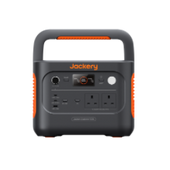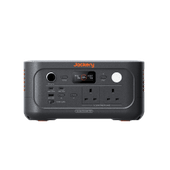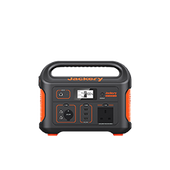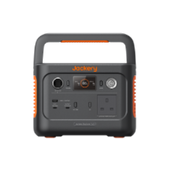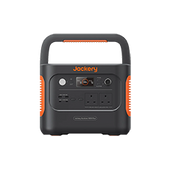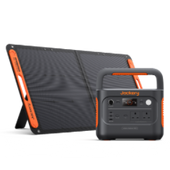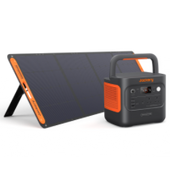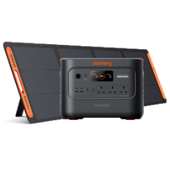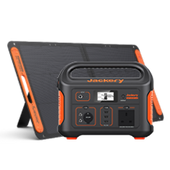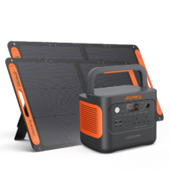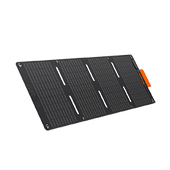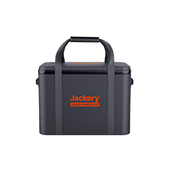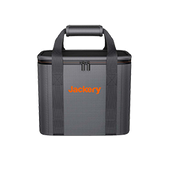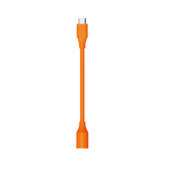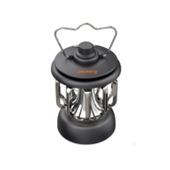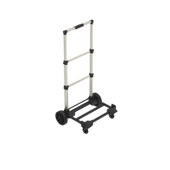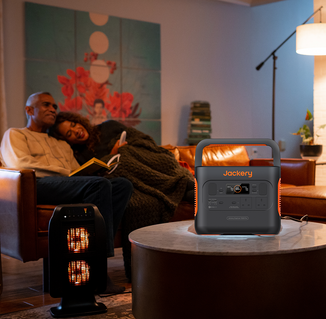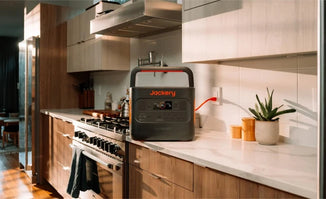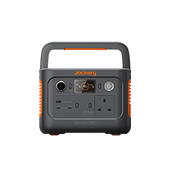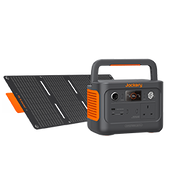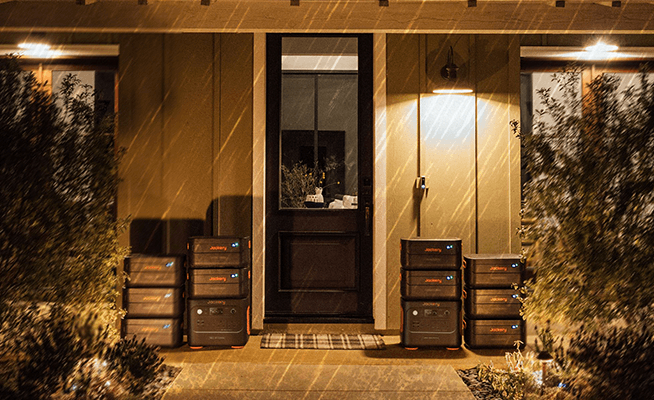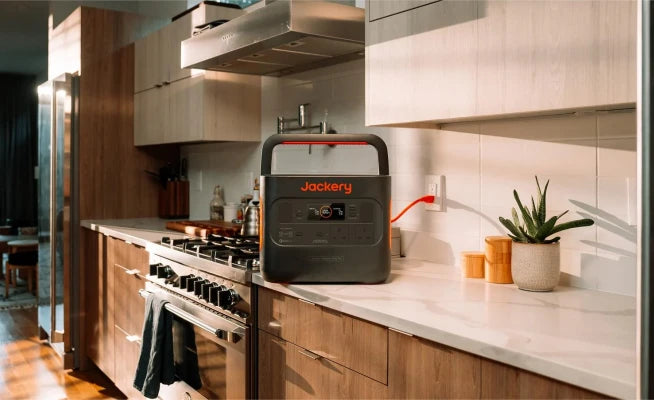A mini fridge in the bedroom is pure convenience, placing cold drinks and fresh snacks just steps from your bed. But it’s not without concerns. Some worry about higher energy bills, others about safety risks like overheating, and the hum of a compressor or extra warmth can affect comfort.
This guide offers practical, expert-backed tips to tackle these issues, helping you turn your bedroom fridge into a quiet, safe, and energy-efficient part of your personal oasis.
I. Choosing the Right Mini Fridge for Your Bedroom
Before you even think about placement, selecting the right model is paramount. For a bedroom environment, three features are non-negotiable: quiet operation, energy efficiency, and correct sizing.
How Important is Quiet Operation?
A noisy appliance is the fastest way to turn your sanctuary into a source of irritation. Mini fridges produce noise from their compressor, which can disturb light sleepers. Look for models specifically advertised with a decibel rating under 40 dB, often labelled as "whisper-quiet" or "sleep-friendly."
How Can I Ensure Energy Efficiency?
A fridge for the bedroom runs continuously, so its energy consumption matters. Always check the black and yellow EnergyGuide label for the estimated annual kilowatt-hour (kWh) consumption. A lower number means lower running costs.
As a benchmark, a good target is an energy-efficient model that uses less than 1 kWh per day to keep typical contents cool. This ensures your convenience doesn't come with a surprisingly high electricity bill. For more details on consumption, see our guide on how much electricity a mini fridge uses.
Why Do Sizing and Ventilation Matter?
Bigger isn't always better. Choose a size based on your actual needs to avoid paying to cool empty space. A compact 1.7 cubic foot model is perfect for drinks and small snacks, while a larger 4.5 cubic foot mini fridge freezer for bedroom use is better suited for meal prep and frozen items.
Crucially, check the manufacturer's manual for the required ventilation clearance before you buy. Most units require at least 2-3 inches of open space around the sides and back to dissipate heat effectively. Ensure your intended spot can accommodate these dimensions.
II. The Golden Rules of Mini Fridge Placement
Strategic placement is the key to a safe, quiet, and long-lasting bedroom refrigerator. Follow these four golden rules to get it right.
Why is Ventilation the Top Priority?
Inadequate airflow is the number one mistake people make. Mini fridges require a stable, cool environment to operate efficiently. Ensure several inches of space around the back and sides for proper airflow.
Inadequate ventilation forces the compressor to work harder, increasing energy consumption and wear. The extra strain also generates more noise and, because heat builds up, can raise the risk of overheating or even fire.
● DO leave at least 3 inches of clear space at the back and on both sides of the unit.
● DON'T place the fridge inside a sealed cabinet, a tight wardrobe, or a restrictive alcove where heat can become trapped.
● DO use an open-backed media stand or a cabinet with the back panel removed if you wish to conceal the appliance within furniture.
Why Should I Keep it Away from Heat and Sunlight?
External heat sources force your fridge's cooling system to work harder, increasing wear and tear and energy use. Keep the mini fridge away from direct sunlight (windows, sunlit areas) to prevent overheating and reduced efficiency.
Avoid placing near ovens, stoves, radiators, or heating vents, as this can increase energy consumption. Heat exposure accelerates wear and tear on components and can lead to higher energy bills.

What Kind of Surface Should I Use?
An unlevel surface can cause the compressor to vibrate, creating a rattling or buzzing sound. Place the mini fridge on a stable, level surface to prevent tilting and damage to internal components. Avoid wobbly tables or countertops.
CRITICAL: Avoid placing a mini fridge directly on a carpet in your bedroom.
● Prevent Hazards: Direct placement on carpet can hinder heat dissipation, scorch fibers, and create a fire risk.
● Protect Your Floor: Use a protective barrier like a solid wood plank, plastic chair mat, or a piece of linoleum/vinyl flooring.
● Catch Spills: Utilize a drip tray (e.g., 20" X 19") to catch condensation and spills, protecting floors and furniture from moisture damage.
How Can I Position It for Peaceful Sleep?
Even the quietest fridge has an operating cycle. To minimise sleep disruption, position the appliance on the opposite side of the room from your bed. The further the distance, the less likely you are to hear the gentle hum of the compressor.
For an extra layer of silence, place an anti-vibration pad underneath the unit. A simple, thick rubber mat—available at most hardware stores—is a highly effective and popular trick for absorbing vibrations and dampening operational noise.
III. Powering Your Mini Fridge Safely
A common and important question is, "Is it safe to run a mini fridge 24/7 in my bedroom?" The answer is yes, but only if you use a safe and appropriate power source.
Is a Standard Wall Outlet Safe?
The safest method for powering any major appliance is to plug it directly into a dedicated electrical outlet. The fridge's motor requires a significant amount of power to start up, and a direct connection ensures it gets the stable electricity it needs.
Strictly avoid extension cords or power strips, as they can lead to overheating and fire hazards. Keep flammable items away from the plug and outlet. Do not place too many items on top of the fridge, especially those that could obstruct vents.
What is the Safest and Most Flexible Power Solution?
The ideal power solution—especially for older homes with outdated wiring, rooms with overloaded circuits, or for those who want placement flexibility far from an outlet—is a portable power station. It provides clean, stable, and dedicated electricity, eliminating the risks associated with extension cords or questionable wall sockets. This can also help avoid impacting monthly electricity costs.
● Jackery Solar Generator 2000 Plus
o Ultra-Durable Battery: Features a LiFePO4 battery with a 10-year lifespan, ensuring a decade of dependable service.
o Expandable Power: Its capacity can be expanded from 2 kWh up to 24 kWh, allowing it to run a mini fridge for days, not just hours.
o Uninterruptible Power Supply (UPS): With a switchover time of less than 20ms, it acts as a UPS. During a power flicker or outage, your fridge stays on without interruption, protecting food, drinks, and essential medicines. This is the premium choice for safely and reliably powering a mini fridge for bedroom use.
● Jackery Solar Generator 3000 v2
o Massive Capacity: A colossal 3072Wh capacity can power a typical 200W mini fridge for approximately two full days on a single charge.
o Home Backup Power: It's powerful enough to run not just a fridge but other essential home devices during an outage. For users who need a comprehensive home backup solution in addition to powering their bedroom appliances, this model is the answer.
Investing in a Jackery Solar Generator is an investment in total peace of mind, unparalleled safety, and ultimate convenience.
IV. Managing Noise, Heat, and Long-Term Efficiency
Once your fridge is perfectly placed and safely powered, a few final optimisations will ensure it runs quietly and efficiently for years to come.
What Are Some Advanced Noise Mitigation Techniques?
If you still notice a buzz or rattle, simple adjustments can often solve the problem.
● Use anti-vibration pads.
● Ensure the fridge is not physically touching any walls or furniture, as surfaces can amplify vibrations.
● Check that bottles, cans, or containers inside the fridge aren't rattling against each other or the interior walls.
How Can I Control Room Heat and Boost Efficiency?
All refrigerators expel heat as part of the cooling process. Mini fridges generate heat, which can be noticeable in smaller rooms. Ensuring good ventilation is the primary way to manage this.
You can also boost efficiency with a few simple habits:
● Keep the door closed as much as possible.
● Avoid placing hot or warm food inside; let it cool to room temperature first.
● Set the thermostat to the manufacturer's recommended level—usually a mid-range setting. Setting it too cold wastes energy. For guidance, see our articles on what number your refrigerator should be on and the right temperature for a refrigerator.
What Maintenance is Required for a Long Lifespan?
A simple maintenance routine keeps your fridge running efficiently and prevents problems. Regular cleaning and maintenance ensure safe and efficient operation.
● Monthly: Wipe down the rubber door seals with a damp cloth to remove dust and debris. This ensures a tight closure, preventing cool air from escaping.
● Quarterly: Check and empty the defrost drip tray, which is usually located at the back or underneath the unit. This prevents odours and potential water overflow.
● Annually: Unplug the unit and gently vacuum the condenser coils on the back. Dust buildup on coils acts as an insulator, forcing the fridge to work harder. Consider professional servicing to extend the appliance's lifespan.
V. Quick Troubleshooting and Pre-Setup Checklist
Use this quick-reference guide to solve common issues and ensure a perfect setup.
Common Problems & Quick Fixes
|
Problem |
Quick Fixes |
|
Excessive Noise |
Check if the unit is level. Install an anti-vibration pad. Ensure it is not touching a wall or furniture. |
|
Not Cooling |
Check that the thermostat is set correctly. Clean the condenser coils. Confirm proper ventilation clearance (3+ inches). |
|
Water on the Floor |
Check and empty the defrost drip pan. Ensure the unit is perfectly level so water flows correctly into the pan. |
Final Pre-Setup Checklist
Before you move your fridge into its final position, run through this list.
1. Measure your chosen space, confirming it allows for proper ventilation clearance and full door swing.
2. Confirm you have a dedicated, grounded wall outlet or plan to use a capable power station like a Jackery Solar Generator.
3. Place a protective hardboard mat on the floor if you are setting the unit up on carpet.
4. Run the fridge for 24 hours in another room first. This allows you to test its noise level and ensure it's functioning correctly before final placement.
Your Bedroom Fridge, Perfected
Achieving a quiet, safe, and efficient bedroom fridge experience comes down to three key pillars: smart selection, strategic placement, and safe power management. By following this guide, you can enjoy the convenience without any of the common drawbacks.
Frequently Asked Questions
Q1: Are there any specific types of food or beverages that should NOT be stored in a bedroom mini fridge due to odor or safety concerns?
Avoid storing strong-smelling foods like fish, certain cheeses, or leftovers with garlic and onions, as odors can permeate the room. Also, be cautious with highly perishable items like raw meat if you cannot guarantee a consistent, safe temperature.
Q2: What are the long-term energy cost implications of running a mini fridge 24/7, even an energy-efficient one, compared to other bedroom appliances?
An efficient mini fridge (e.g., ~250 kWh/year) has a lower annual energy cost than leaving a 60W incandescent bulb (or a 50W halogen lamp) on 24/7. It consumes significantly less power over a year than a desktop computer used daily or a portable air conditioner used seasonally.
Q3: If I live in an apartment or dorm, are there any landlord or building regulations I should be aware of regarding mini fridge usage?
Yes, many tenancy agreements or dorm rules specify a maximum size (e.g., under 4.5 cubic feet) or wattage for appliances to prevent circuit overloads. Always check your agreement or consult with your landlord or residence advisor to ensure compliance with fire safety regulations.
Q4: Beyond anti-vibration pads, are there any advanced soundproofing techniques I can employ if my mini fridge is still too noisy for my sensitive sleep?
You can place the fridge on a small, dense piece of furniture, like a solid wood end table, to further isolate it from the floor. Additionally, placing soft materials like acoustic foam panels on the wall behind the fridge can help absorb and dampen sound waves.



